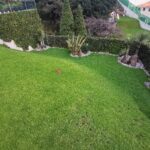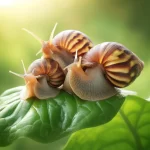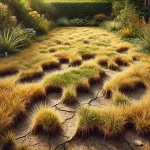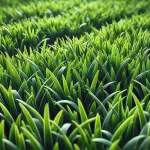Do you dream of a vibrant garden, full of color and life, but feel overwhelmed by the number of options? Worry no more! In this comprehensive guide, we’ll reveal the 10 star plants that will not only transform your outdoor space into an oasis of tranquility but are also incredibly easy to care for. Get ready to discover how to become an effortless expert gardener and enjoy a natural spectacle all year round. Keep reading and unleash the potential of your garden!
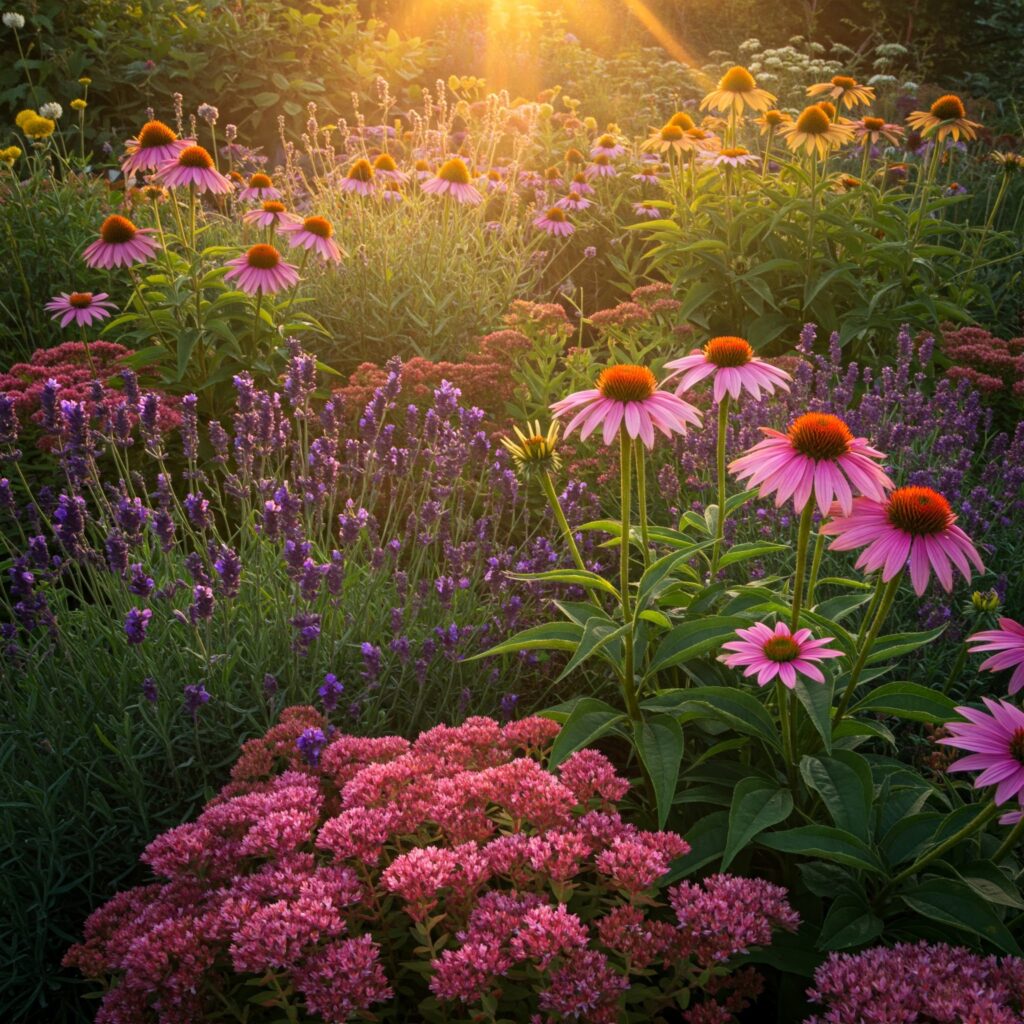
Why Choosing the “Right” Plants is Key to a Successful Garden?
Before we dive into our list of champions, it’s crucial to understand why choosing the right plants makes all the difference between a flourishing garden and one that requires constant (and often frustrating) effort.
- Adaptation to the Local Climate: Choosing native plants or those well-adapted to your local climate means they will require less watering, fertilizers, and protection against diseases and pests. This not only saves you time and money but also promotes a healthier ecosystem.
- Low Maintenance: Some plants are simply easier to care for than others. Opting for hardy, low-maintenance varieties will allow you to enjoy the beauty of your garden without the need to dedicate hours to it each week.
- Lasting Aesthetic Appeal: Plants that bloom at different times of the year or offer interesting foliage during the colder seasons ensure that your garden remains visually appealing throughout the year.
- Additional Benefits: Some plants attract beneficial pollinators like bees and butterflies, while others can even repel pests naturally. It’s a smart way to work with nature!
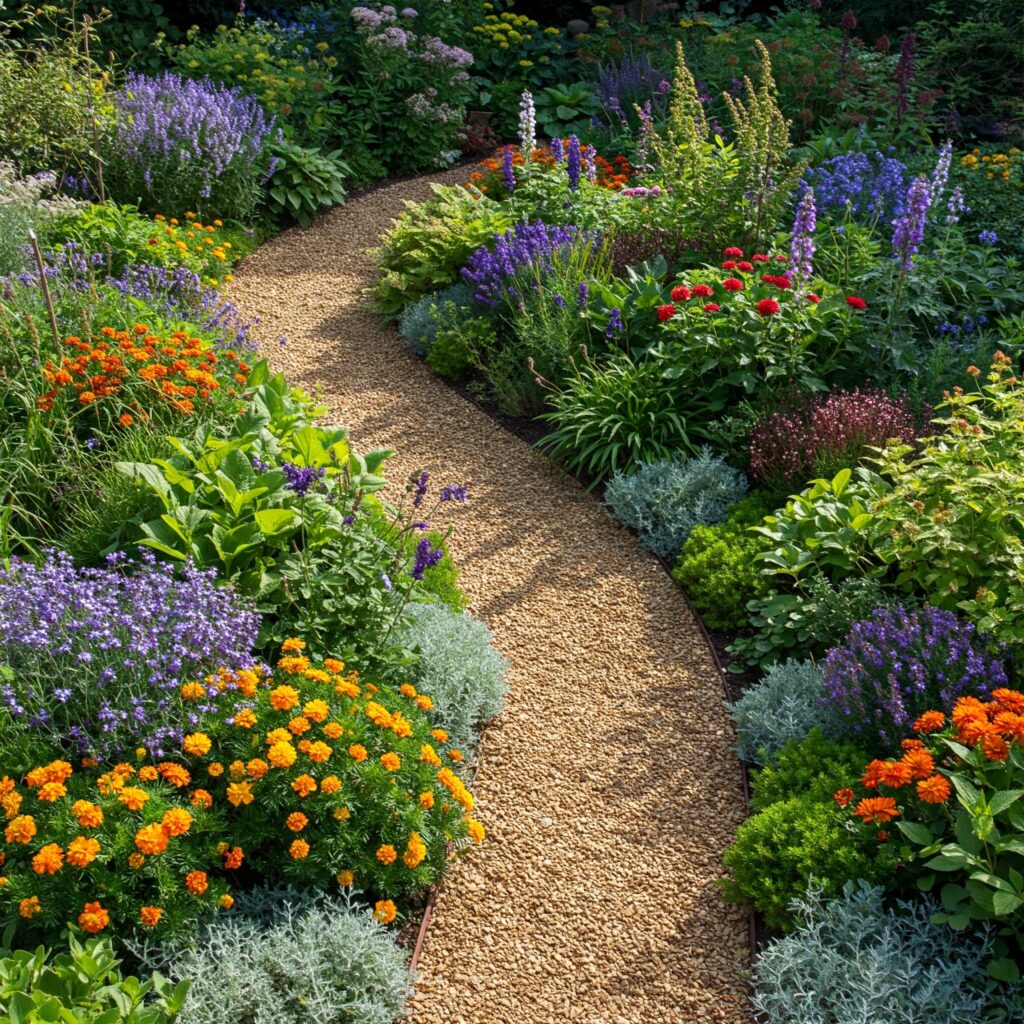
The 10 Garden Gems That Will Make Your Life Easier (and More Beautiful!)
Now, get ready to meet the stars of your future garden. These 10 plants have been selected for their beauty, ease of care, and adaptability to various conditions:
1. Lavandula (Lavender): A Touch of Aromatic Elegance and Resilience
- Why is it recommended? Lavender is a perennial plant that dazzles with its spikes of purple flowers and its relaxing fragrance. It is extremely drought-tolerant once established, attracts bees and butterflies, and repels mosquitoes. A true all-rounder!
- Care tips: Needs full sun and well-drained soil. Water moderately, especially during its first year. Prune lightly after flowering to encourage compact growth.
2. Echinacea (Coneflower): Vibrant Color and Health Benefits
- Why is it recommended? With its striking cone-shaped flowers in shades of purple, pink, white, and orange, Echinacea adds a touch of joy to any garden. In addition to its beauty, it is known for its medicinal properties and attracts a wide variety of pollinators.
- Care tips: Prefers full sun, although it tolerates some partial shade. Adapts to different soil types as long as they are well-drained. Water regularly during the growing season.
3. Sedum (Stonecrop): Low-Maintenance Living Sculptures
- Why is it recommended? Sedums are fascinating succulents with a wide variety of leaf and flower shapes and colors. They are incredibly drought-tolerant, thrive in poor soils, and attract bees and butterflies. Perfect for busy gardeners!
- Care tips: Needs full sun and well-drained soil. Water only when the soil is completely dry. Does not require much fertilization.
4. Rosmarinus officinalis (Rosemary): Mediterranean Fragrance and Culinary Uses
- Why is it recommended? Rosemary is an evergreen perennial shrub with a delicious aroma and leaves that can be used in cooking. It is drought-resistant, prefers full sun, and adds an interesting texture to the garden.
- Care tips: Needs full sun and well-drained soil. Water moderately, allowing the soil to dry out between waterings. Prune lightly to maintain its shape.
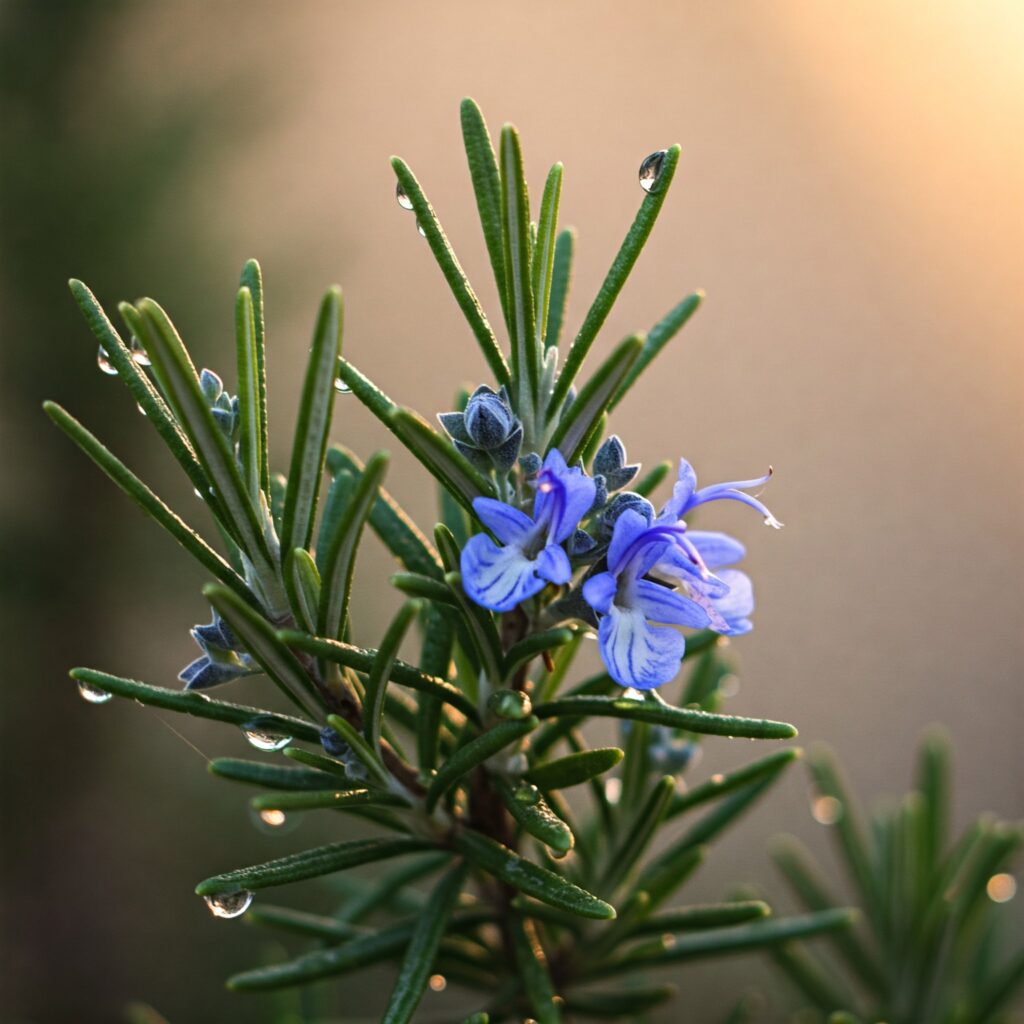
5. Gaillardia (Blanket Flower): Long-Lasting Burst of Color
- Why is it recommended? With its daisy-like flowers in warm shades of red, orange, and yellow, Gaillardia offers a burst of color throughout the blooming season. It is drought-tolerant and attracts butterflies.
- Care tips: Prefers full sun and well-drained soil. Water regularly, especially during dry periods. Deadhead spent flowers to encourage continuous blooming.
6. Heuchera (Coral Bells): Spectacular Foliage for Shade or Partial Sun
- Why is it recommended? Heucheras are prized for their ornamental foliage in a wide range of colors, from lime green and dark purple to bronze and red. They are versatile and can thrive in both partial shade and full sun (depending on the variety).
- Care tips: Prefers partial shade or full sun with protection during the hottest hours. Needs well-drained soil and regular watering.
7. Nepeta (Catmint): Attracts Felines and Pollinators
- Why is it recommended? Nepeta, also known as catmint, produces abundant blue or lavender flowers that attract cats (if you have them!) and a large number of bees and butterflies. It is drought-resistant and easy to grow.
- Care tips: Prefers full sun and well-drained soil. Water moderately. You can prune it after the first flowering to encourage a second bloom.
8. Coreopsis (Tickseed): Yellow Cheerfulness and Prolonged Blooming
- Why is it recommended? Coreopsis are known for their bright yellow flowers that bloom for a long period, from spring to fall. They are drought-tolerant and attract butterflies.
- Care tips: Needs full sun and well-drained soil. Water regularly, especially during dry periods. Deadhead spent flowers to prolong blooming.
9. Ajuga (Bugleweed): Green Carpet with Vertical Flowers
- Why is it recommended? Ajuga is a low-growing creeper that forms a dense carpet of green foliage (or in varieties with burgundy or variegated leaves). It produces vertical spikes of blue, purple, or white flowers in spring. It is ideal for ground cover and erosion control.
- Care tips: Adapts to a wide range of conditions, from full sun to partial shade. Prefers moist but well-drained soil.
10. Rudbeckia hirta (Black-Eyed Susan): Radiant Sunshine in Your Garden
- Why is it recommended? With its large yellow flowers with dark centers, Rudbeckia brings a touch of sunshine to any garden. It is a hardy plant that attracts bees and birds, and its cut flowers are spectacular in floral arrangements.
- Care tips: Prefers full sun and well-drained soil. Water regularly, especially during dry periods. Deadhead spent flowers to encourage continuous blooming.
Extra Tips for a Spectacular and Low-Maintenance Garden
- Plan your design: Consider the height, color, and bloom time of each plant to create a visually appealing garden throughout the year.
- Prepare the soil well: Healthy soil is the foundation for happy plants. Amend your soil with compost to improve drainage and fertility.
- Mulch to save water: Apply a layer of organic mulch around your plants to help retain moisture, suppress weeds, and regulate soil temperature.
- Water smartly: Water deeply and less frequently instead of light and frequent watering to encourage deep root development.
- Observe and learn: Pay attention to your plants and learn to recognize the signs of stress or early disease.
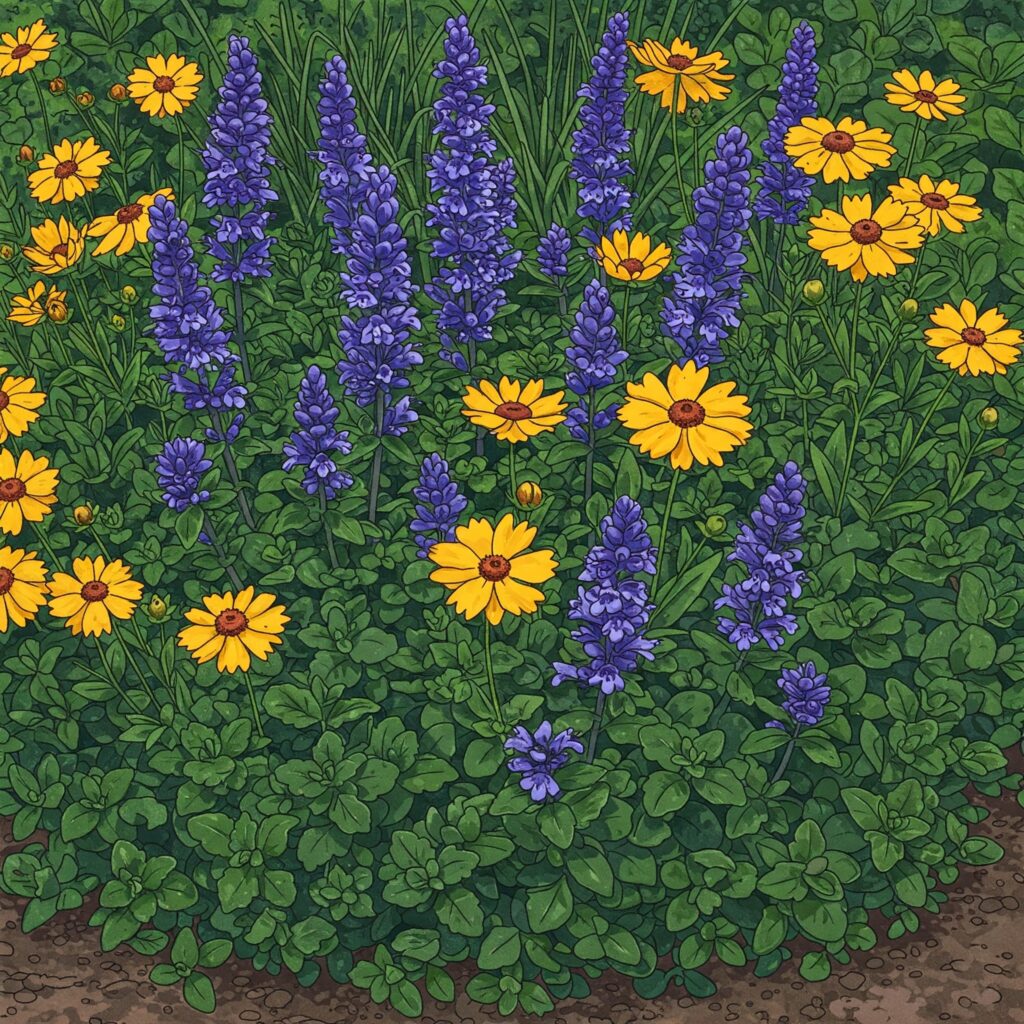
Your Dream Garden Awaits!
Choosing the right plants is the first step towards a beautiful, vibrant, and easy-to-maintain garden. With these 10 recommendations, you’ll have a solid foundation to create an outdoor space that brings you joy and tranquility throughout the year. Dare to experiment, enjoy the process, and watch your personal eden flourish effortlessly!
Share this article with your gardening friends and leave us your comments about your favorite low-maintenance plants!
 AgronoBlog – Agriculture Blog
AgronoBlog – Agriculture Blog 